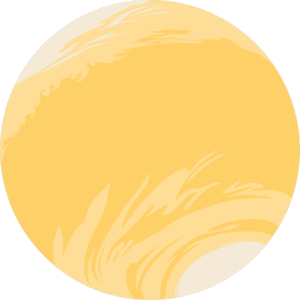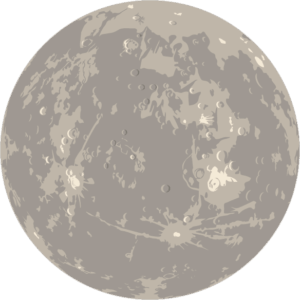The Downlink • Oct 01, 2021
Rocky worlds rock
Space Snapshot

NASA’s MESSENGER spacecraft captured this view of Mercury in August 2012, showing the transition from day to night across the planet’s surface. MESSENGER was the first spacecraft to ever orbit Mercury, and one of only three missions ever to study the innermost planet up close. Image credit: NASA et al.
You love space, now take action
This weekly newsletter is your toolkit to learn more about space, share information with your friends and family, and take direct action to support exploration. Anyone can subscribe at planetary.org/connect to receive it as a weekly email.
Mission Briefings


BepiColombo is gearing up for its first Mercury flyby. On October 1, the spacecraft will zip around the planet, reaching its closest approach at an altitude of 200 kilometers (about 124 miles). BepiColombo will gather scientific data and take photos during its slingshot; it’ll hopefully spot impact craters that dot the rocky world. Pictured: Artist impression of BepiColombo flying by Mercury. Image credit: ESA/ATG medialab.

NASA’s Mars missions are taking a break — kind of. Due to the Mars solar conjunction, Perseverance, Ingenuity and other missions will be mostly quiet between October 2 and October 16. During this time, Earth and Mars are at opposite sides of the Sun, putting the various missions at risk of communication issues. During their semi-hiatus, NASA’s missions will carry out simple commands, or “homework.”

Landsat 9 successfully launched into orbit. On September 27, the NASA satellite launched from Vandenberg Space Force Base in California. Landsat 9 is the latest part of a nearly 50-year joint effort between NASA and the U.S. Geological Survey (USGS); the satellite will monitor Earth’s natural resources and landscape to help inform policy decisions.
From The Planetary Society


How did Venus get so hellish? The European Space Agency’s EnVision mission aims to find out. Venus seems to have been the most Earth-like planet in our solar system until it experienced a mysterious, dramatic climate shift that turned it into the extremely hostile environment we see now. Launching in 2031, EnVision will study Venus’ surface, subsurface and atmosphere to better understand the chain of events Venus experienced that made it so different from Earth. Pictured: This image of Venus's surface was created by combining data from the Pioneer, Venera, and Magellan missions. Image credit: NASA.

The European Space Agency is bringing its experts straight to you. With exciting missions like EnVision coming up, there’s a lot to learn at the agency’s virtual Open Day on Sunday, October 3rd. This annual event normally takes place at the ESTEC center in the Netherlands, so this year’s virtual Open Day is a unique opportunity for people around the world to hear from scientists, astronauts, and other experts about everything ESA is doing to explore the cosmos. Learn more and register today for this free, online event.

Catch up on the quest to get to Mars. This week’s Planetary Radio brings you the highlights of the recent Humans to Mars summit, which brought together the world’s experts on the effort to send astronauts to the Red Planet. Find out how science, robotics and even blockchain technology all have a role to play in this ambitious endeavor.

There’s still time to join team LightSail 2! Your gift will help us keep LightSail 2 flying, share what we’ve learned about solar sailing with the scientific community, and teach the world about the amazing things that are possible through crowdfunded missions like this one. Donate today!
What's Up

You can’t miss Venus in the western sky after sunset, with the bright, reddish star Antares nearby. Look for super-bright Jupiter with Saturn to its upper-right in the south (or the north, if you’re in the southern hemisphere). Learn more at planetary.org/night-sky.
Space is for everyone, so let’s make sure girls don’t miss out!

To celebrate World Space Week 2021, The Planetary Society, Unistellar, and the SETI Institute are working together to help inspire a new generation of female space explorers. Aiming to reach one million girls during World Space Week, we’ve got sharable resources including virtual events, an ebook of ways to learn about space, an asteroid art contest, a virtual tour of the night sky, and more. Learn more about how you can help more girls discover space this year.
Wow of the Week

Venus’ downfall from watery oasis to nightmarish hellscape is great fuel for artistic inspiration. This painting from Spanish artist Alejandra Gonzalez Quintana titled “Venus Burning” won first prize in the adult category of a contest sponsored by The Planetary Society and the European Space Agency in 2005 and 2006 to creatively depict the surface of Venus. Image credit: Alejandra Gonzalez Quintana.
We love to feature space artwork in the Downlink. If you create any kind of space-related art, we invite you to send it to us by replying to any Downlink email or writing to [email protected]. Please let us know in your email if you’re a Planetary Society member!


 Explore Worlds
Explore Worlds Find Life
Find Life Defend Earth
Defend Earth


